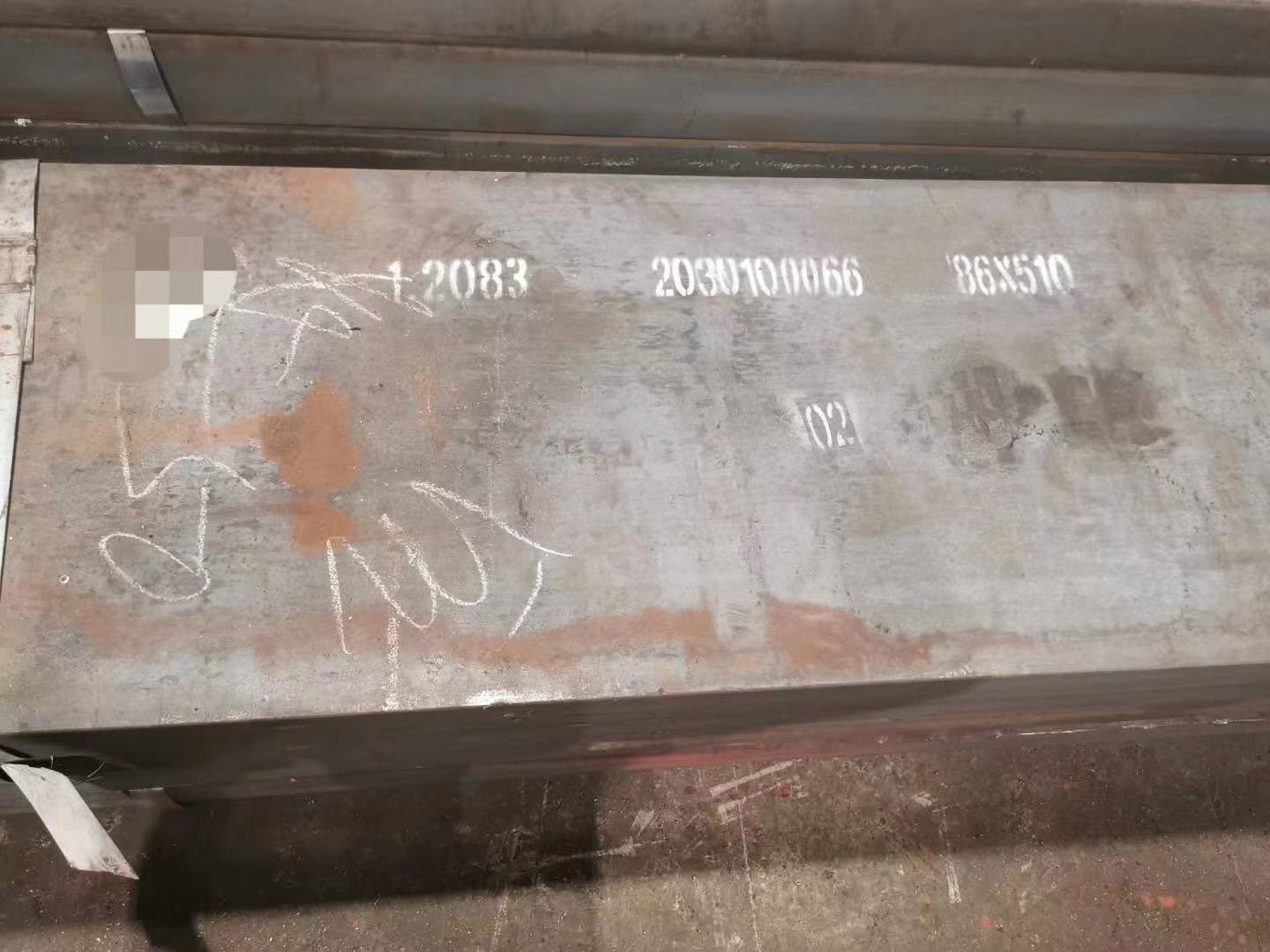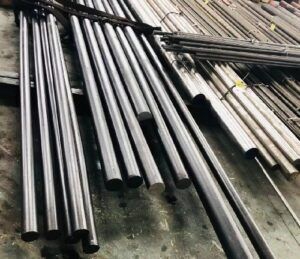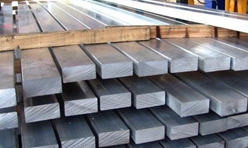1.2083 SUS 420J2 S136 X40Cr14 DIN 420 Stainless Tool Steel
1.2083 SUS 420J2 S136 X40Cr14 DIN 420 Stainless Tool Steel
1 1.2083 Introduction
1.2083 420 Stainless Tool Steel is a martensitic stainless steel with 12% Chromium which is sufficient to give good corrosive resistance properties. It’s best corrosive resistance is when hardened and surface is ground or polished.It has good ductility in the annealed condition but can be hardened up to 500HB (highest of the chromium grades). Martensitic Grades are known for high hardness and allowances must be
made for poor weldability and usually allowances for a final harden and temper treatment. Steel is magnetic and welding is not recommended.
Back to Top
2 1.2083 Applications
Moulds for corrosive plastic materials such as PVC, recycled polymers etc., moulds for chemically aggressive plastics and plastics containing abrasive fillers, mould inserts, dies and gauges for PVC extrusions, screws and barrels for extruders, moulds for automotive, food, medical and optical industry such as spectacles, compact discs, lenses.
Back to Top
3 Quality Standard
: ASTM A176 1999 Standard Specification for Stainless and Heat-Resisting Chromium Steel Plate, Sheet,and Strip
Back to Top
4 All Grades Comparison
Smelting Option
1 EAF: Electric Arc Furnace
2 EAF+LF+VD: Refined-smelting and vacuum degassing
3 EAF+ESR: Electro Slag Remelting
4 EAF+PESR: protective atmosphere Electro Slag Remelting
5 VIM+PESR: Vacuum induction melting
Forming Option
1 Hot rolling process
2 Hot Forging: Electro-hydraulic; High-speed-hydraulic; Oil-hydraulic; Precision-forging
Heat-treatment Option
1 +A: Annealed (full/soft/spheroidizing)
2 +N: Normalized
3 +NT: Normalized and tempered
4 +QT: Quenched and tempered (water/oil)
5 +AT: Solution annealed
6 +P: Precipitation hardened
Suface Option
1 Black Surface
2 Grounded: Bright but rough ; Not precision
3 Machining for plate: Bright and precision; Little turning scar
4 Peeled/Turned: Bright and precision; Little turning scar
5 Polished: Very Bright and precision size; Not turning scar
Other Services
1 Cutting: Small pieces
2 CNC Machine: Produce as your drawing
3 Package: Bare/Nylon/Canvas/Wooden
4 Payment:T/T, L/C, O/A(request credit)
5 Transport:FOB/CFR/CIF/DDU/DDP (train/ship/Air)
Back to Top
5 1.2083 Chemical Composition(%)
| C | Si | Mn | P | S | Cr | Ni | Mo |
|---|---|---|---|---|---|---|---|
| 0.15 min | 1.0 max | 1.0 max | 0.040 max | 0.030 max | 12.0-14.0 | 0.75 max | 0.50 max |
Back to Top
6 Mechanical Properties (Q+T)
| Tensile Strength (Mpa) | Yield Strength (Mpa) | Elongation (%) | Hardness (HB) |
|---|---|---|---|
| 850-1000 | 600 min | 12 min | 280 min |
Back to Top
7 HEAT TREATMENT
Forging: P20 plastic mould steel are forged at 1093°C (2000°F) down to 899°C (1650°F). Forging below 871°C (1600°F) is not recommended for these steels.
Annealing: For maximum softness, heat uniformly to 1500 – 1650°F (816 – 899°C) and cool slowly in the furnace.
Stress Relieving: Heat at 300 – 800°F (149 – 427°C) for 1 to 3 hours, cool in air
or quench in oil or water.
Hardening: Preheat, then heat to 1800 -1950°F (982 – 1066°C), soak at temperature
and air cool or quench in warm oil.
Welding: The martensitic class of stainless steels has limited weldability due to its
hardenability. Special consideration is required to avoid cold cracking by preheating to 550°F (260°C). Post-weld heat treatment should be considered to achieve required properties. This particular alloy is generally considered to have poorer weldability than the most common alloy of this stainless class, Type
410. A major difference is higher carbon content for this alloy which requires both preheat and post-weld heat treatment. When a weld filler is needed, AWS E/ER 420, 410 NiMo and 309L are most often specified. Type 420 is well known in reference literature and more information can be obtained in this way.
Forming: If annealed for maximum softness, Type 420 can be moderately drawn and
formed.
Back to Top
8 Mill′s test certificate
EN 10204/3.1 with all relevant data reg. chem. composition, mech. properties and results of testing.
Back to Top




